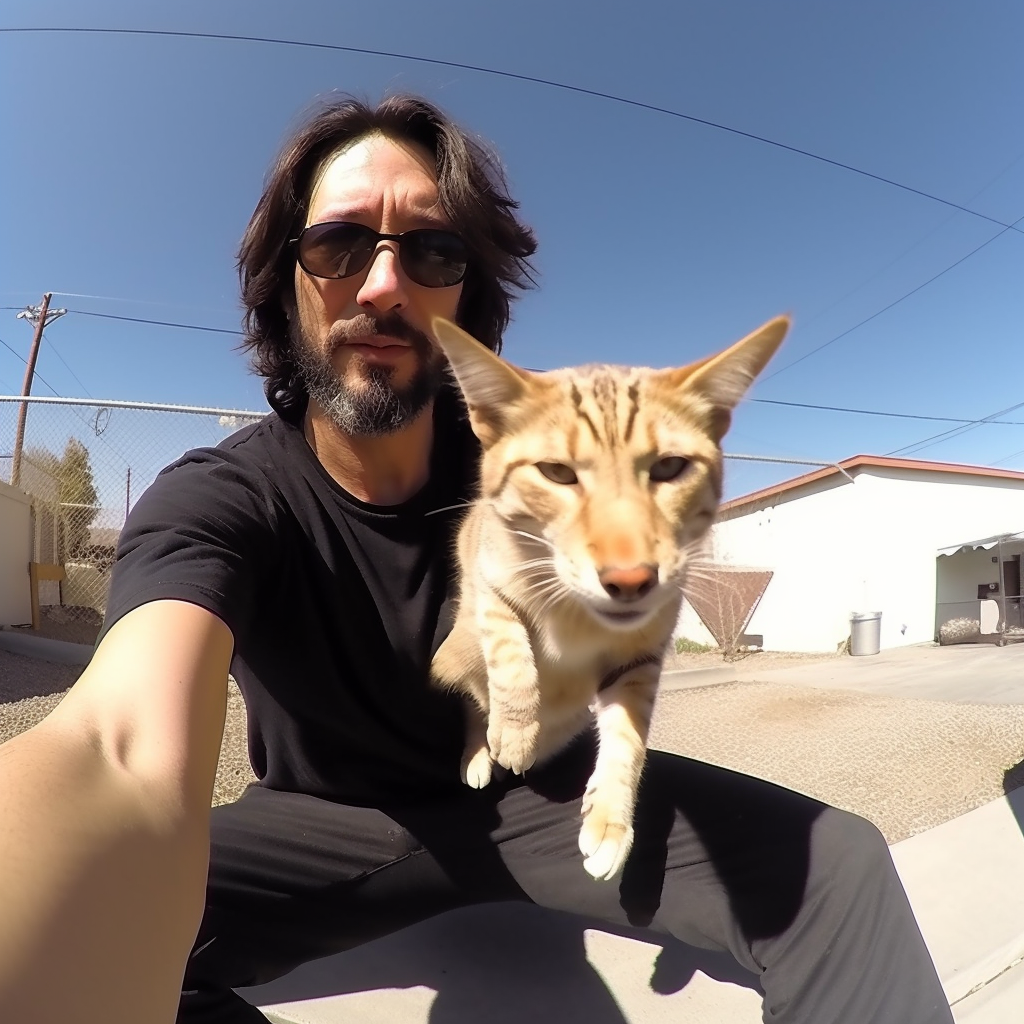 | GoPro | Sports camera perspective: | selfies or sports scenes. |
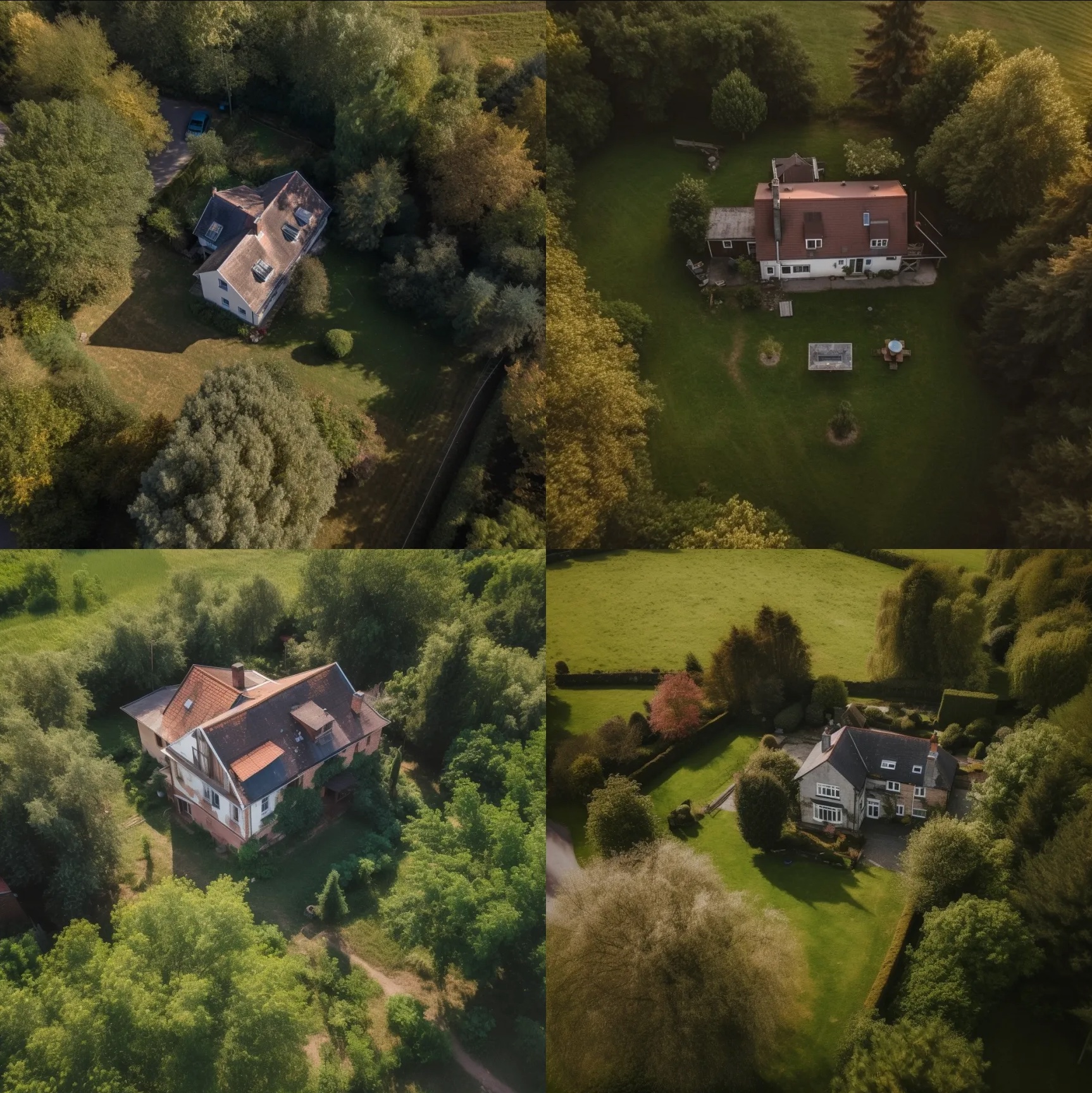 | Drone | Drone perspective | suitable for aerial photography or sky scenery. |
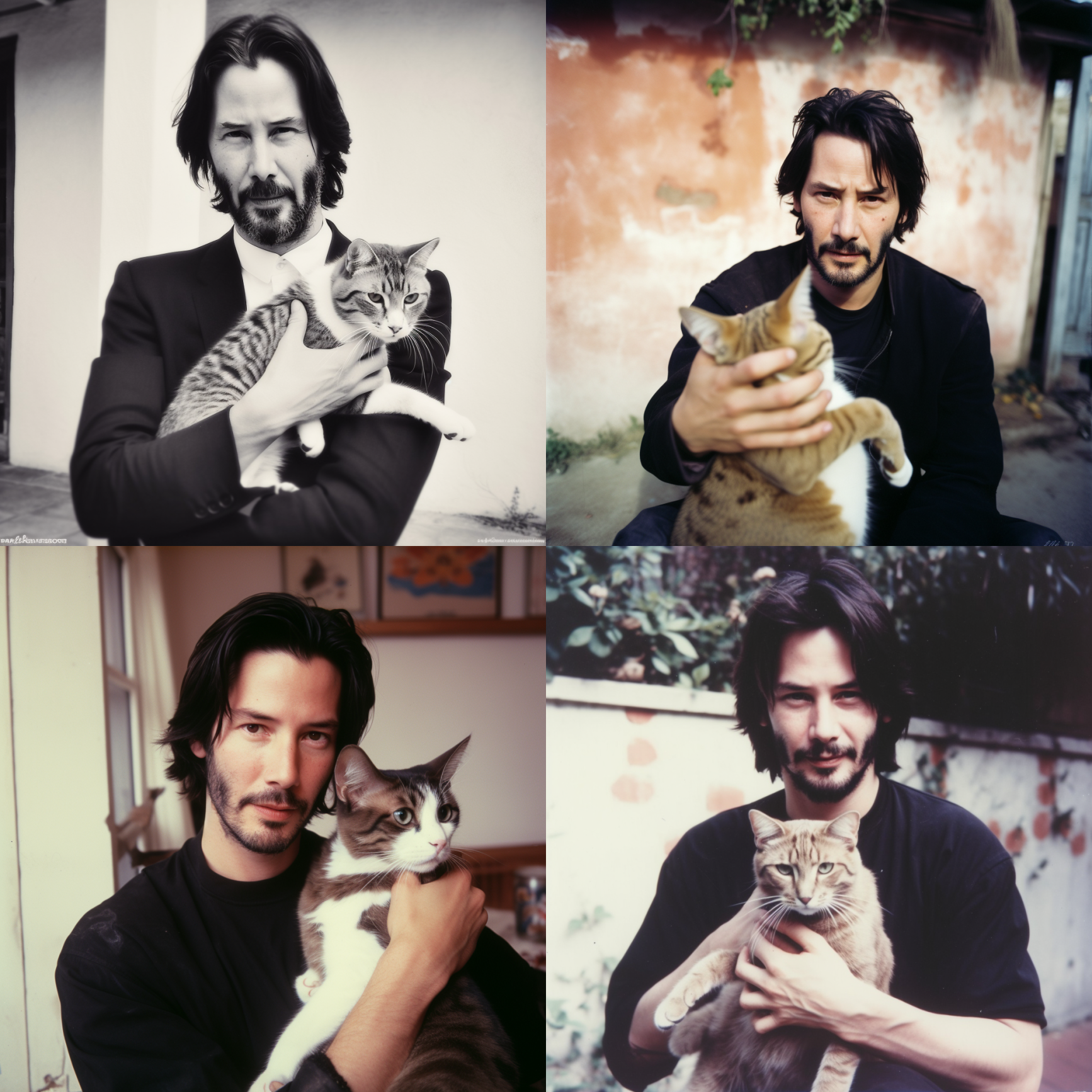 | polaroid | / | / |
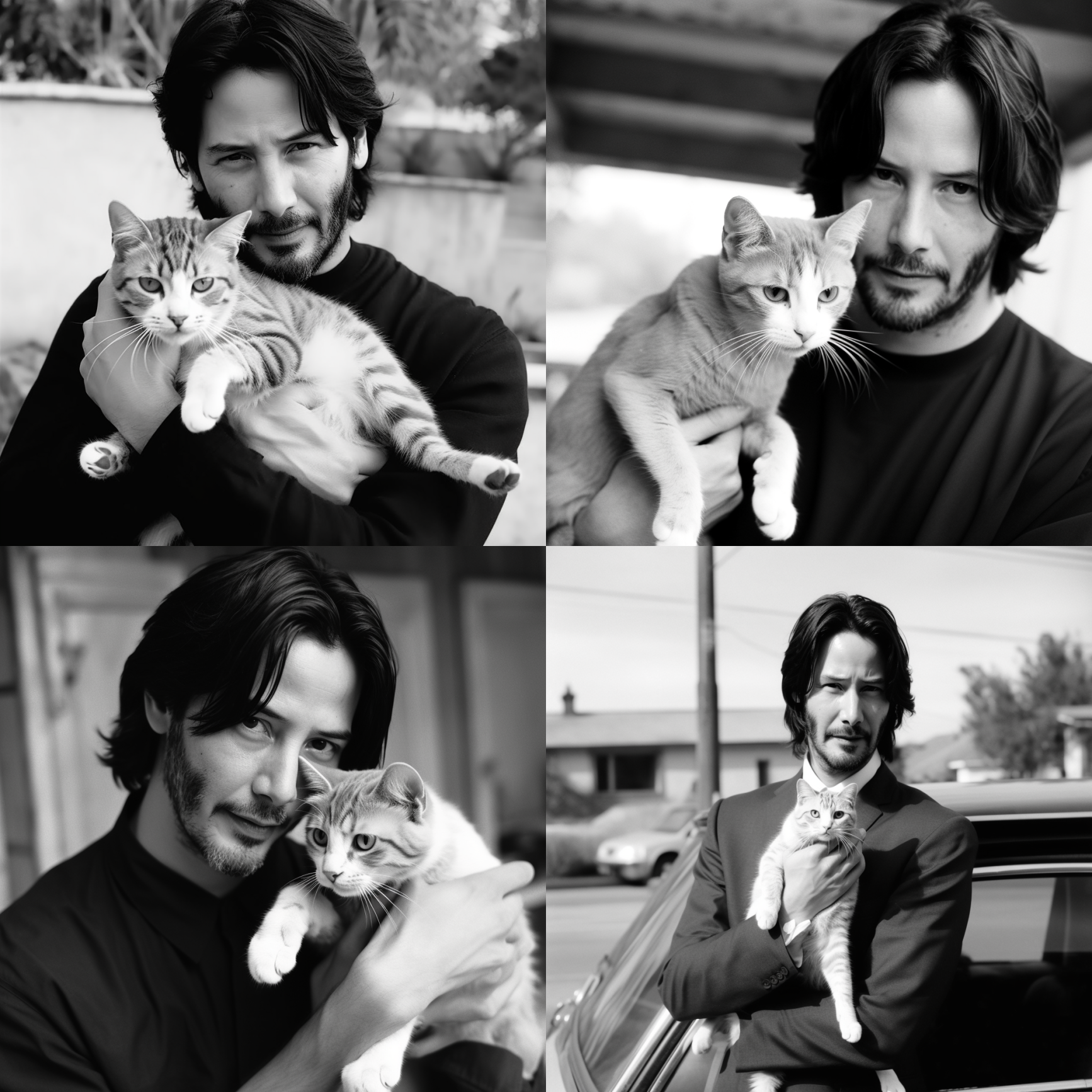 | polaroid | / | / |
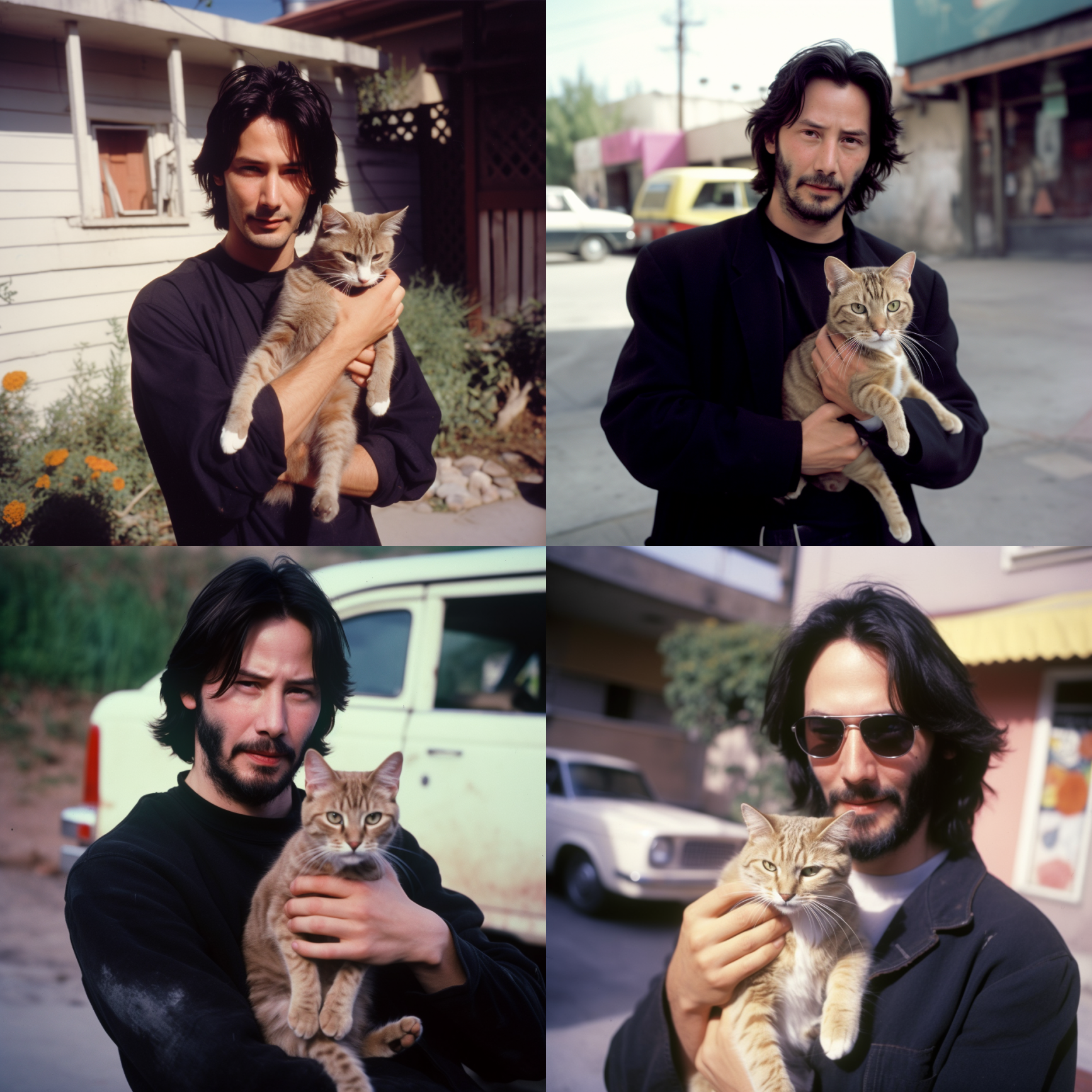 | Kodachrome | The brand of color slide film produced by Kodak. | Very high color vibrancy, contrast and longevity. |
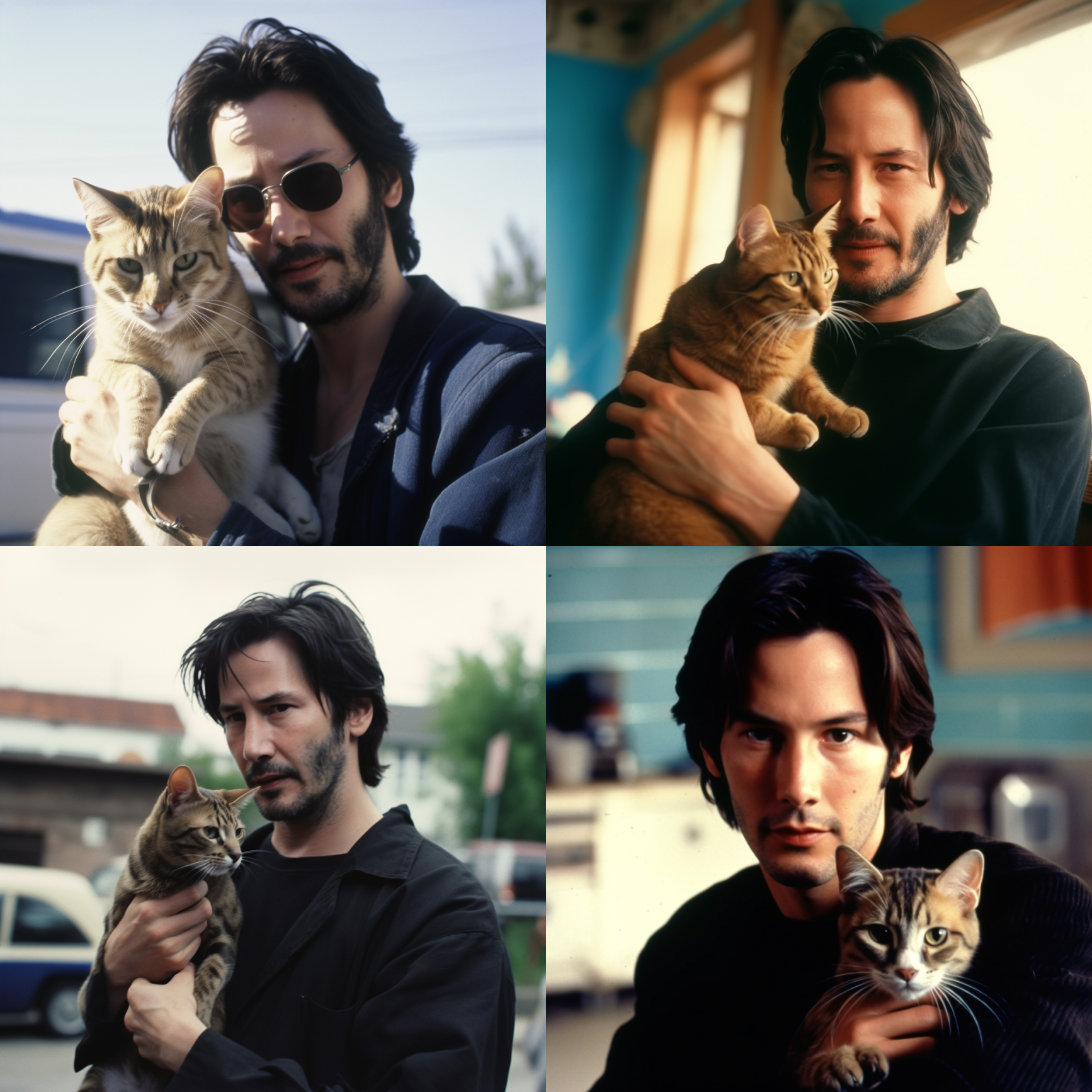 | shot on 8mm | The 8mm film is a portable and easy-to-use film with relatively low resolution. | Suitable for shooting ordinary scenes such as family and travel |
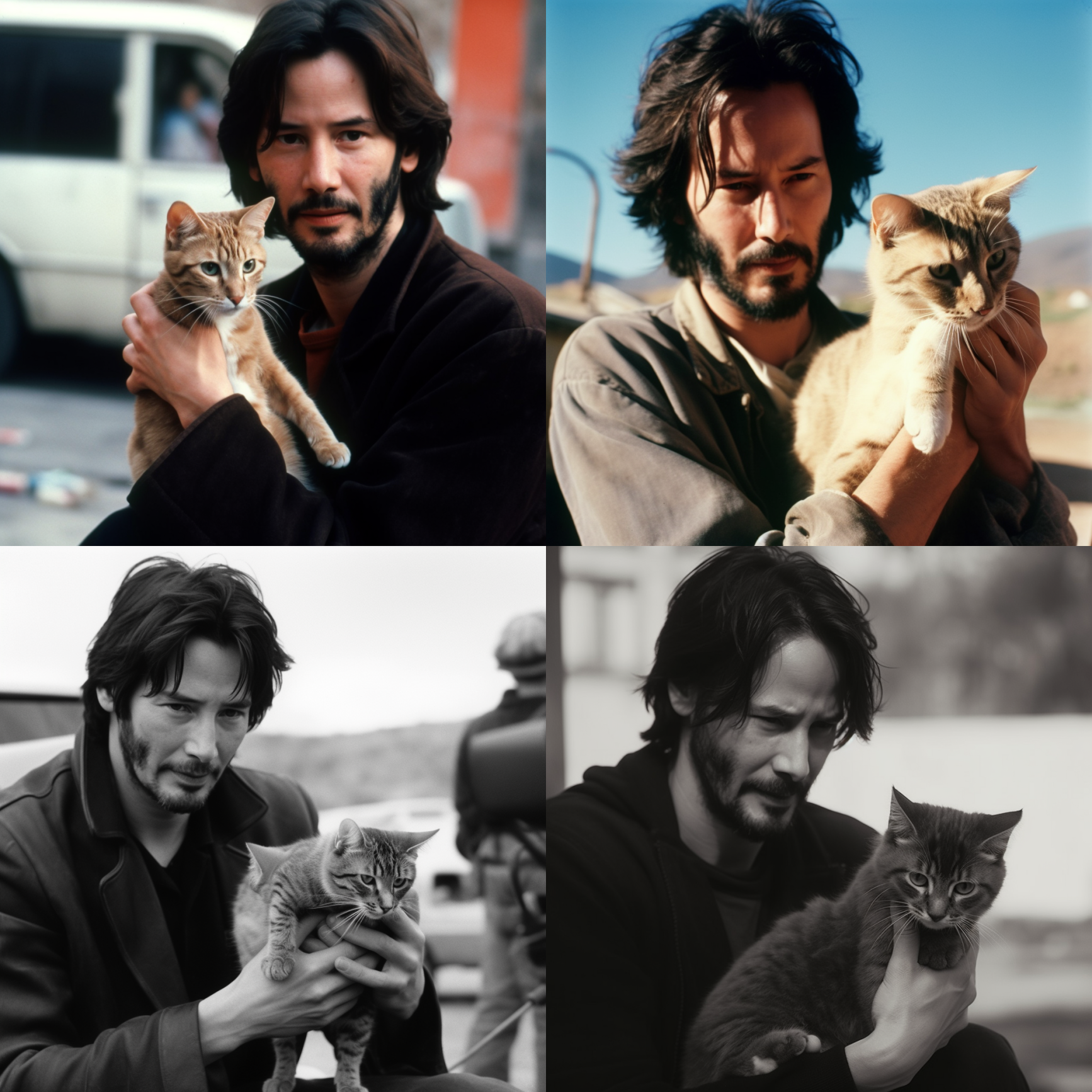 | shot on 16mm | 16mm film and | 16mm film are mainly used for making movies, documentaries, and commercial advertisements. |
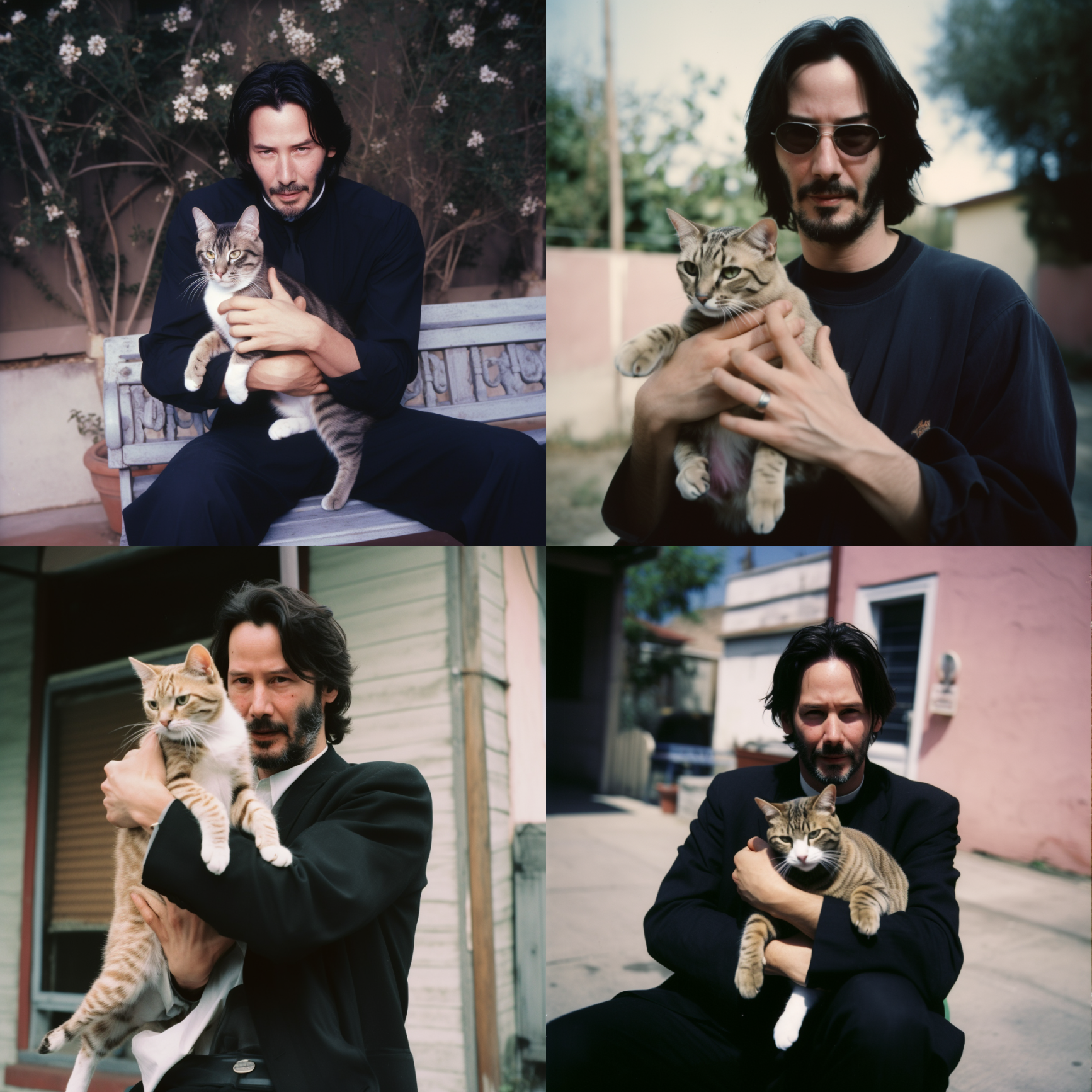 | shot on 35mm | 35mm film and | 16mm film are mainly used for making movies, documentaries, and commercial advertisements. |
 | Microscopic | / | Suitable for some objects that need to be observed with magnification. |
 | Fisheye Lens | / | Fish-eye lenses can capture the entire scene within a range, with a field of view typically between 100° to 180°, which can present an exaggerated perspective effect. |
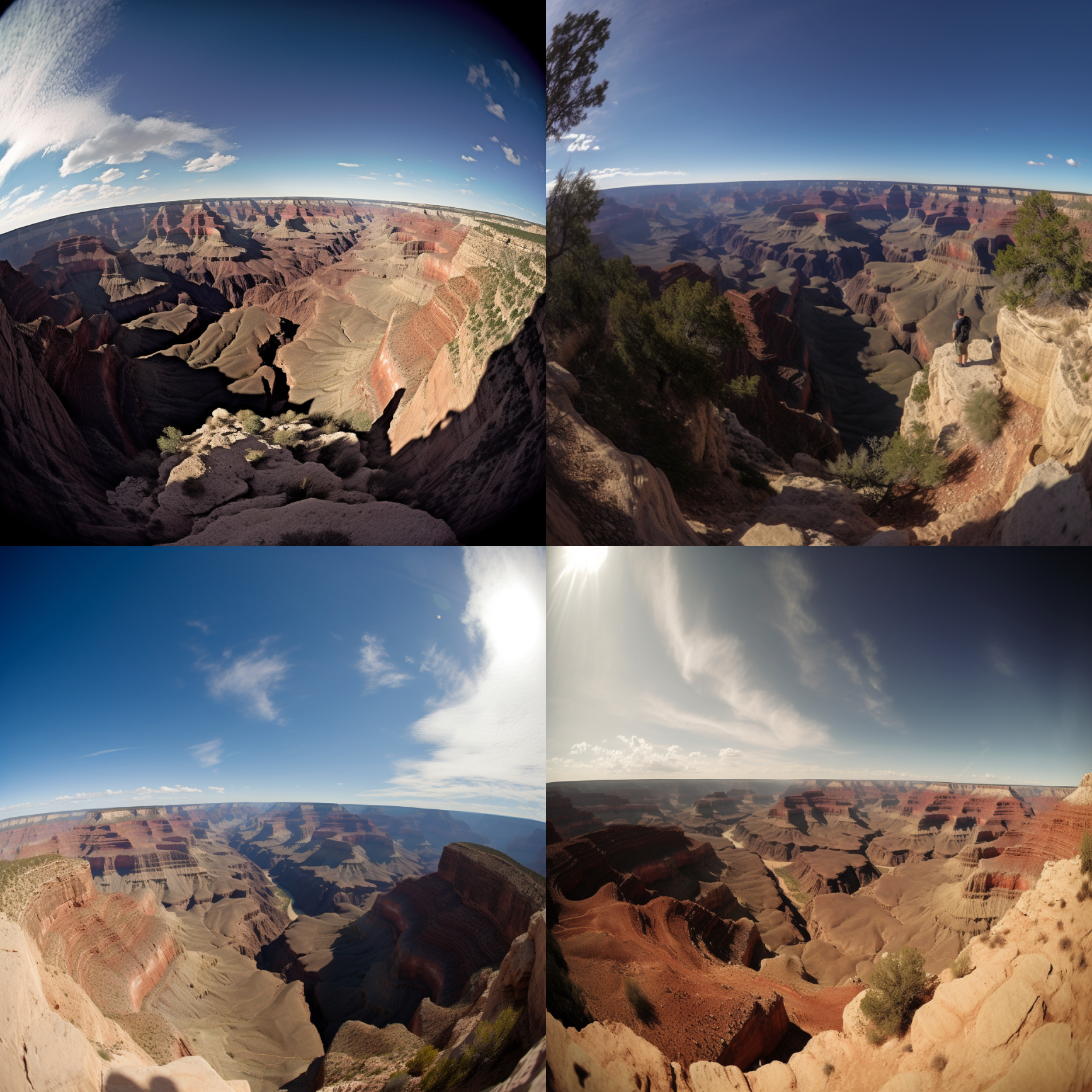 | Wide Angle | / | Suitable for landscape photos, can allow the frame to accommodate more content. |
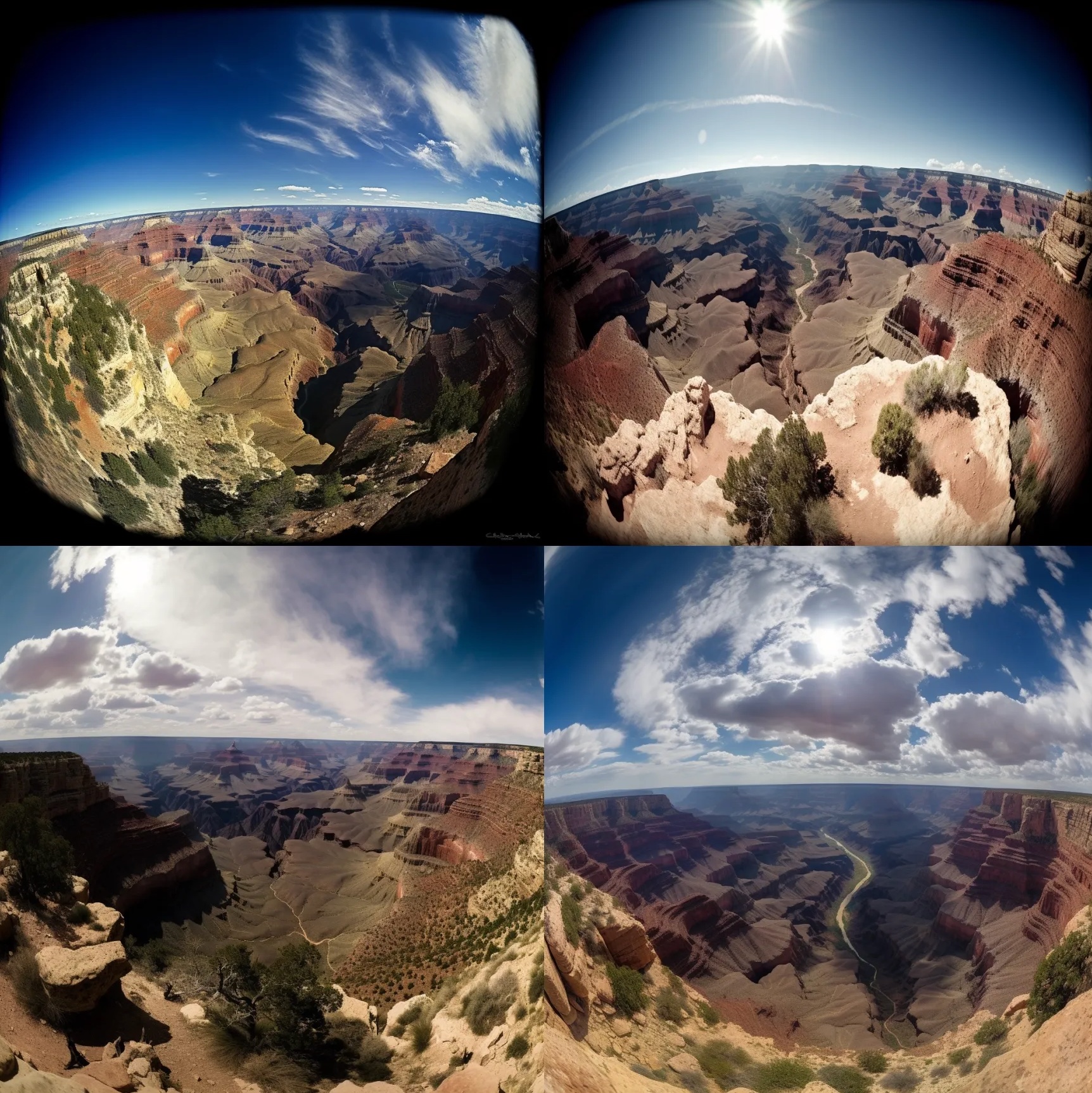 | Ultra-Wide Angle | / | Suitable for landscape photos, can allow the frame to accommodate more content. |
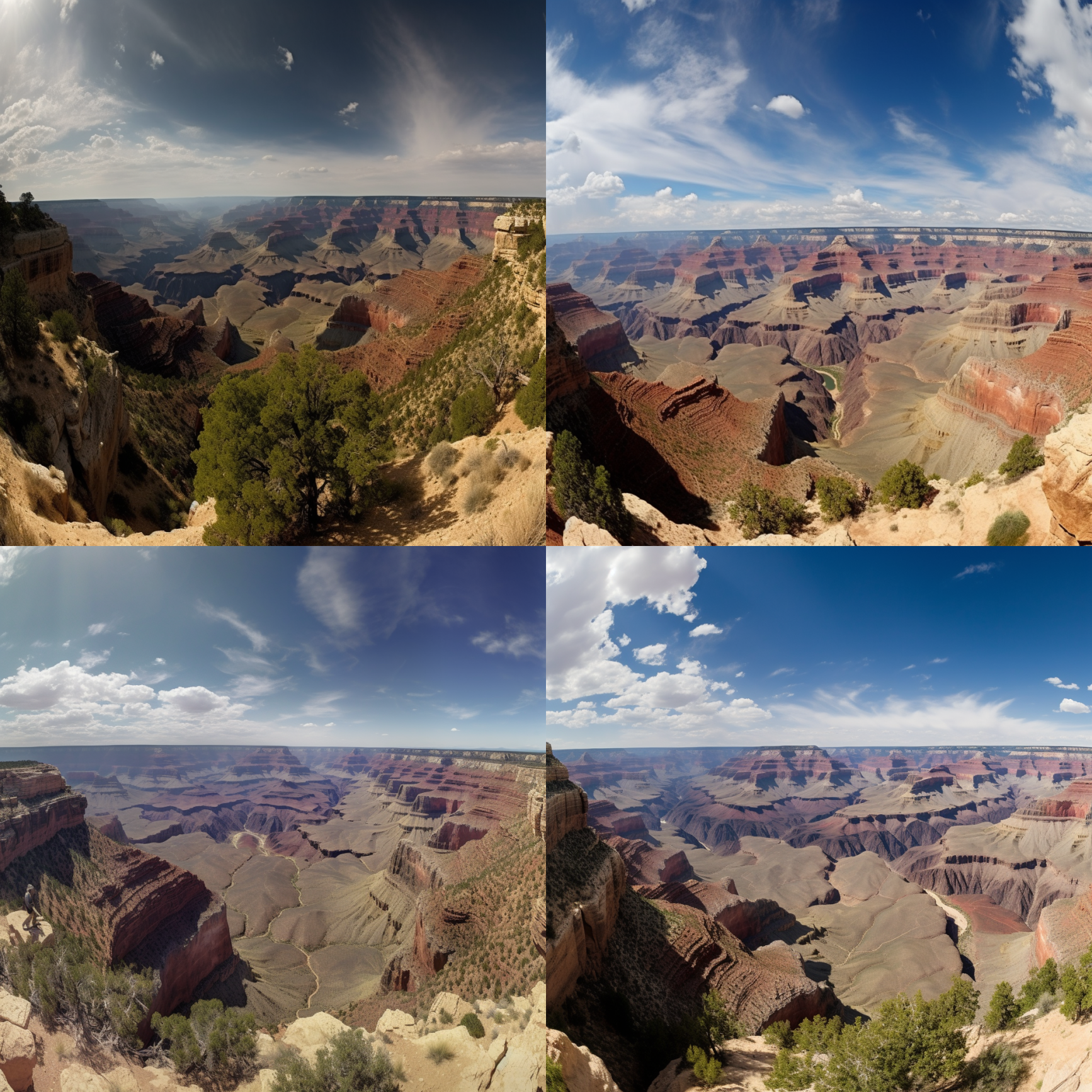 | Panorama | / | Suitable for landscape photos, can allow the frame to accommodate more content. |
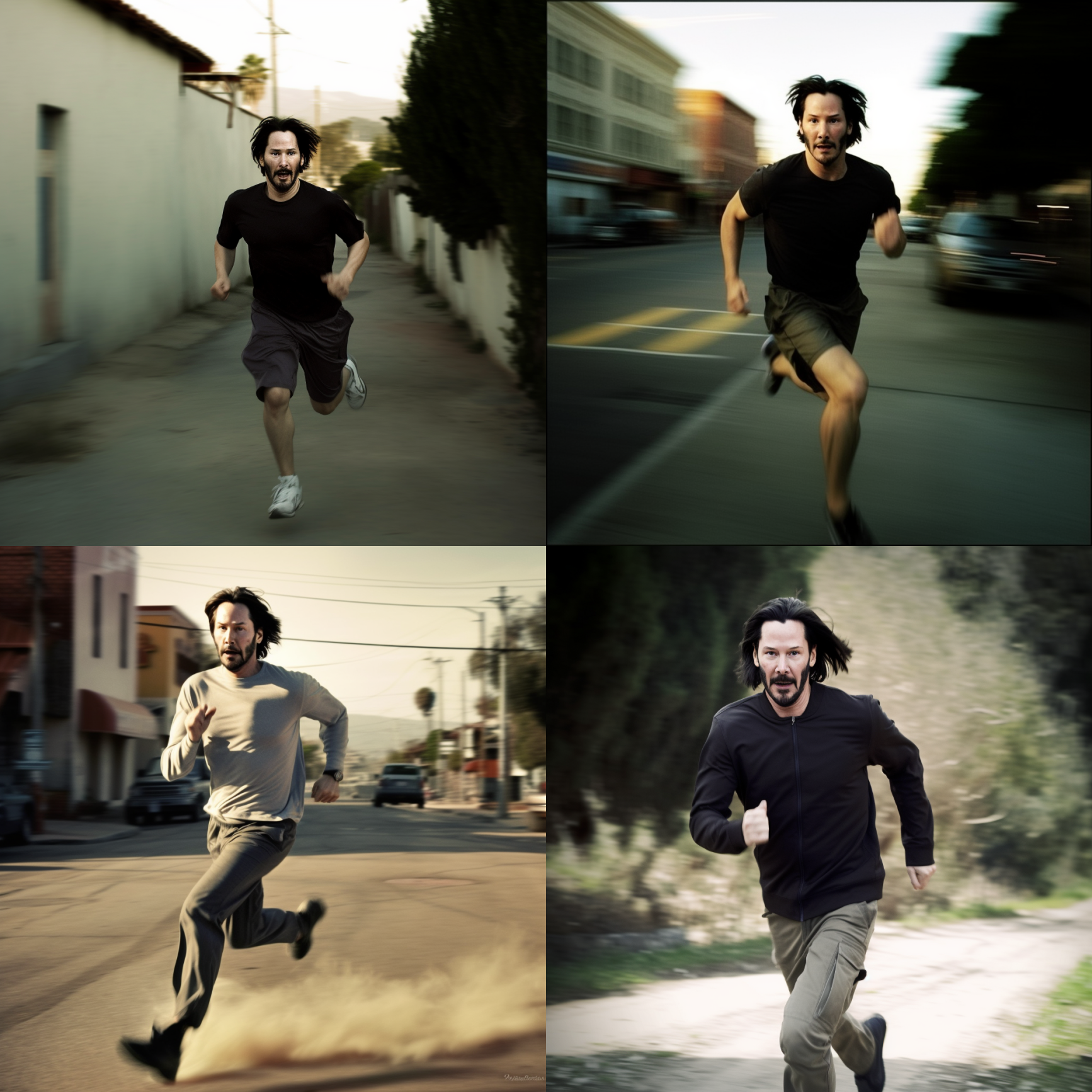 | Short Exposure | / | Usually used to chase athletes, performers or animals, or to capture scenes that require quick decision-making and instant capture, such as shooting trains, cars, fast-moving vehicles, etc. Due to the limitation of short exposure time, this method can freeze moving objects and prevent blurring. |
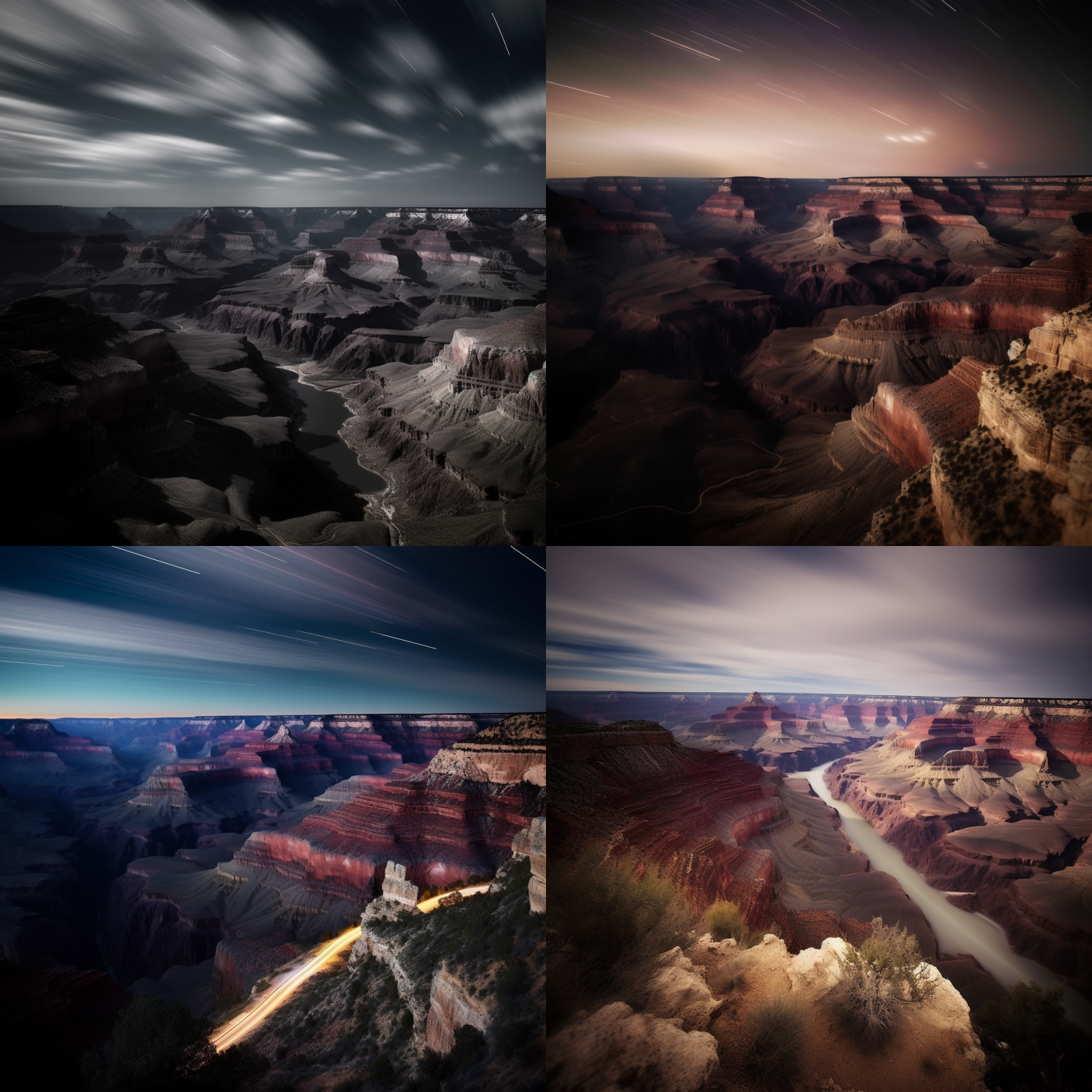 | Long Exposure | / | In long exposure shots, fast-moving objects appear in trajectories, such as shooting stars, headlights, waterfalls, etc. This approach creates a pleasant and mysterious atmosphere to the photo. In addition, long exposure can be used to shoot large scenes at night, such as scenery, city night scenes, starry sky, etc |
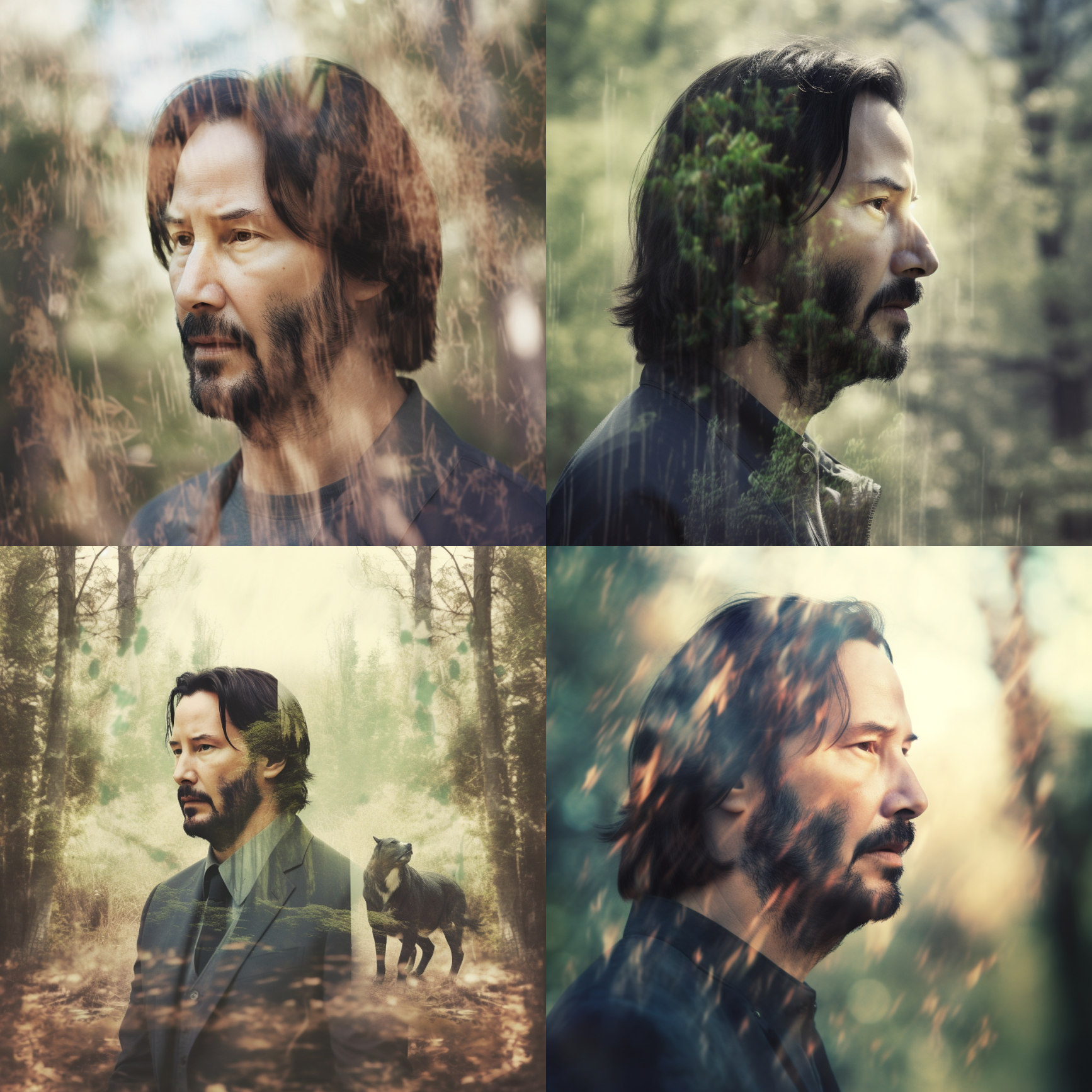 | Double Exposure | / | The technique of double exposure can create photos with a well-arranged and distorted, hand-drawn and black-and-white artistic style. This technique is very popular in fields such as portrait, landscape, and architecture photography because it can create unique images with an environment that feels romantic or surreal. |
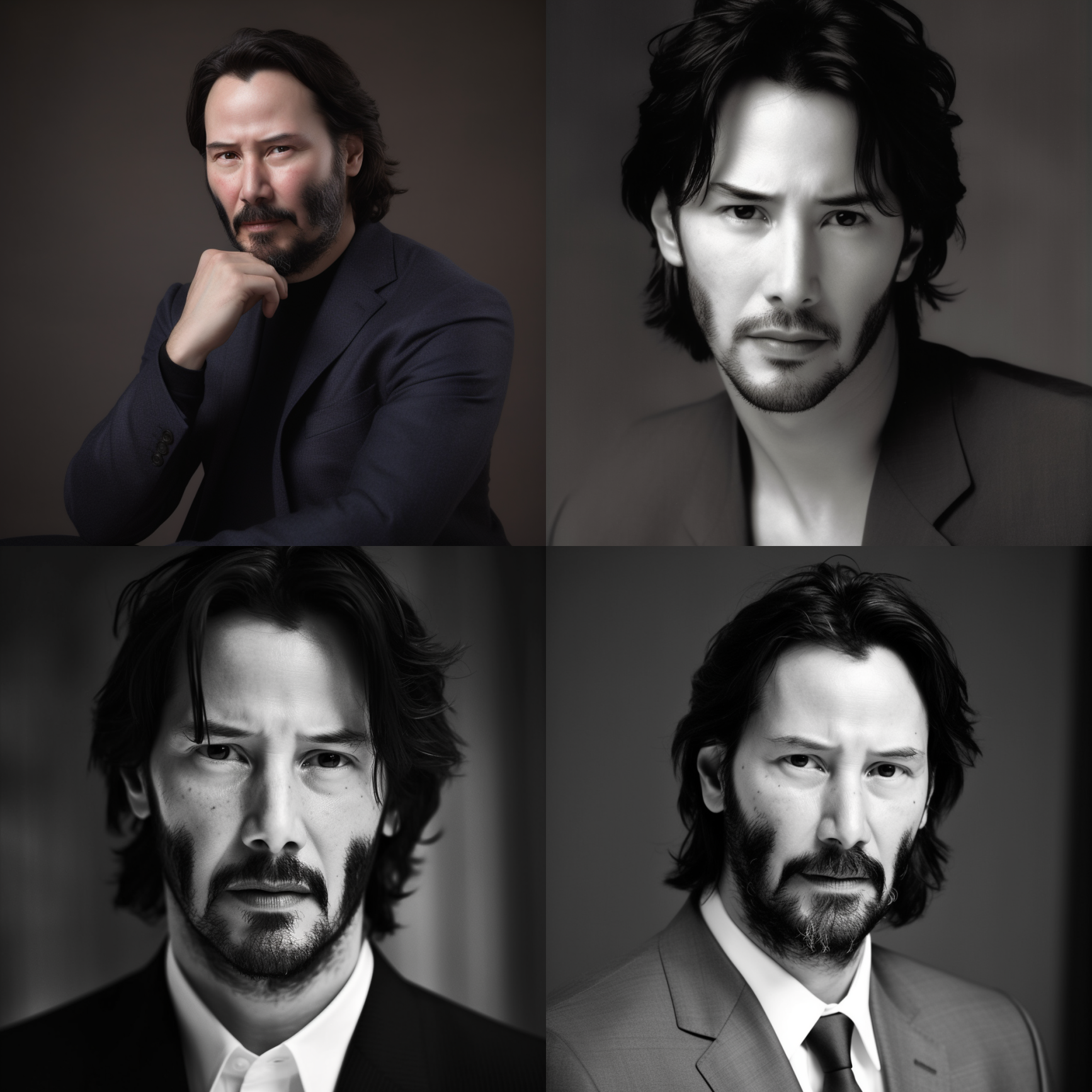 | f2.8 | 2.8 Aperture | When shooting, the larger the aperture value, the more light enters the camera, making the image obtained by the camera brighter. An f/2.8 value is a relatively large aperture value, so the lens has high light transmission capacity and is suitable for use in low-light environments. At the same time, a large aperture can create a shallow depth of field effect, highlighting focus subjects while blurring backgrounds or foregrounds to produce a soft background effect that is suitable for shooting portraits or product photos and similar themes. |
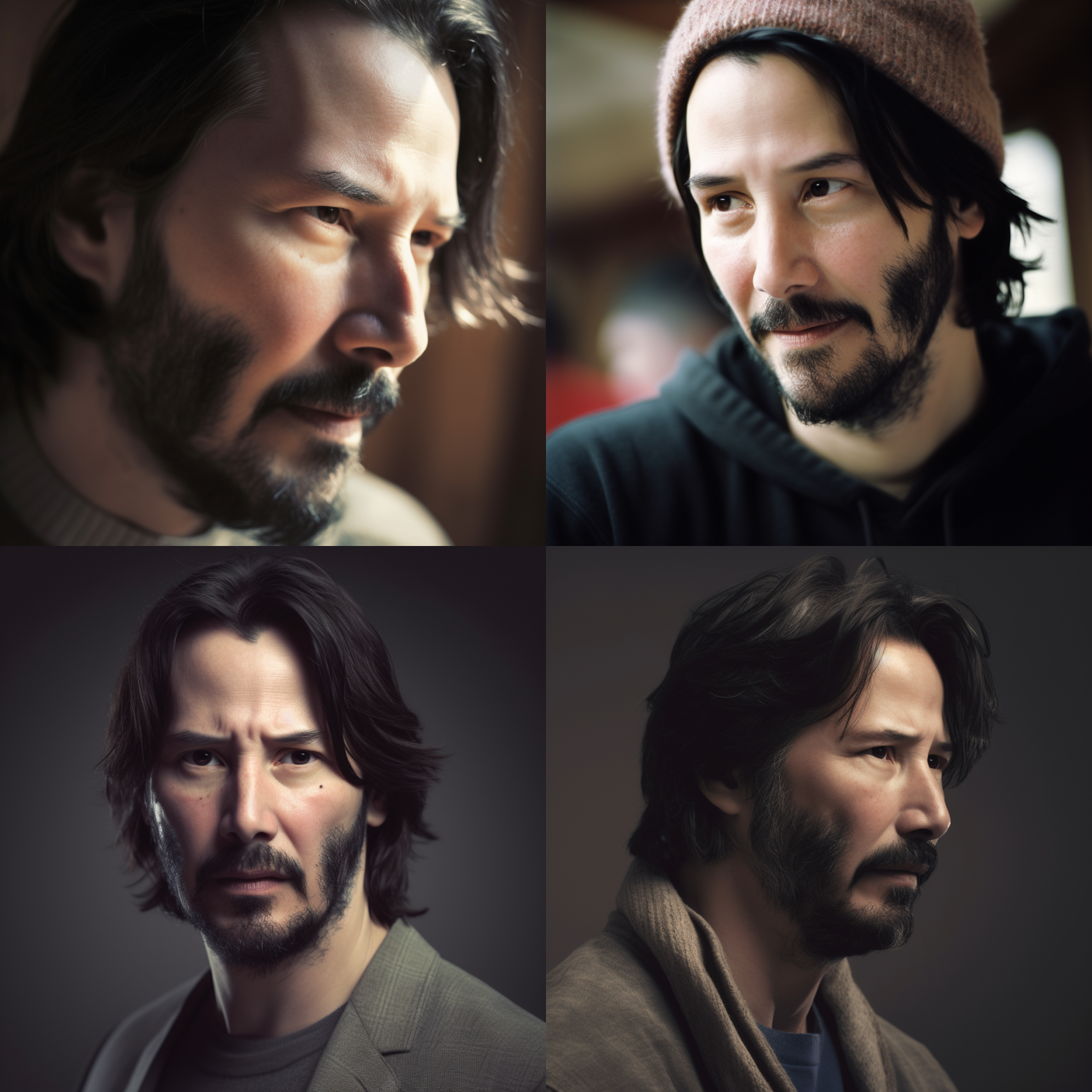 | Depth of Field | / | In photography, it refers to the range of the captured image that is considered clear, also known as the depth of field area. It is usually used to describe the range in a photo that is considered clear. |
 | Soft Focus | / | Refers to adding a special filter in front of the camera lens, which slightly blurs the subject being photographed to present a soft and beautiful effect. The visual effect of soft focus emphasizes the emotional theme of the picture more than deep or shallow depth-of-field, focusing on gradually resolving the structural texture effect and creating a somewhat hazy makeup on the photo, depicting a romantic scene. |
 | Deep Focus | / | The technique of setting the camera under a larger aperture to keep the entire picture clear and sharp. Deep scenery usually requires a smaller focal length or a farther shooting distance to maintain the clarity of the entire picture, which is similar to the depiction effect of large depth of field. |
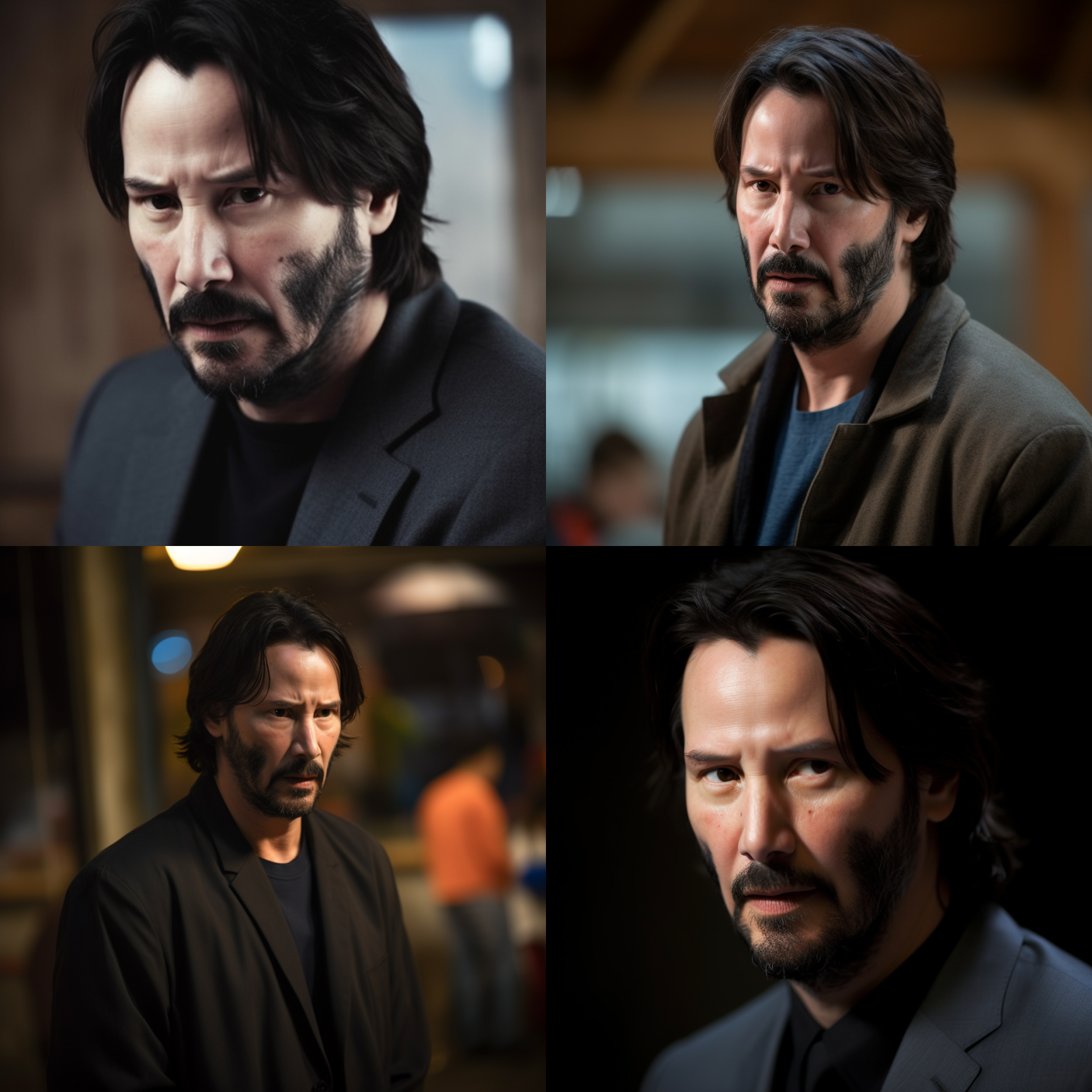 | Shallow Focus | / | Adjusting the aperture of the camera to a relatively large opening, so that the photographer can keep a specific area or subject on the plane clear as needed, while other areas in the photo become blurred. This effect is often used in portrait photography to highlight the clarity of the subject in the image and create a slightly blurred background for a more artistic effect. |
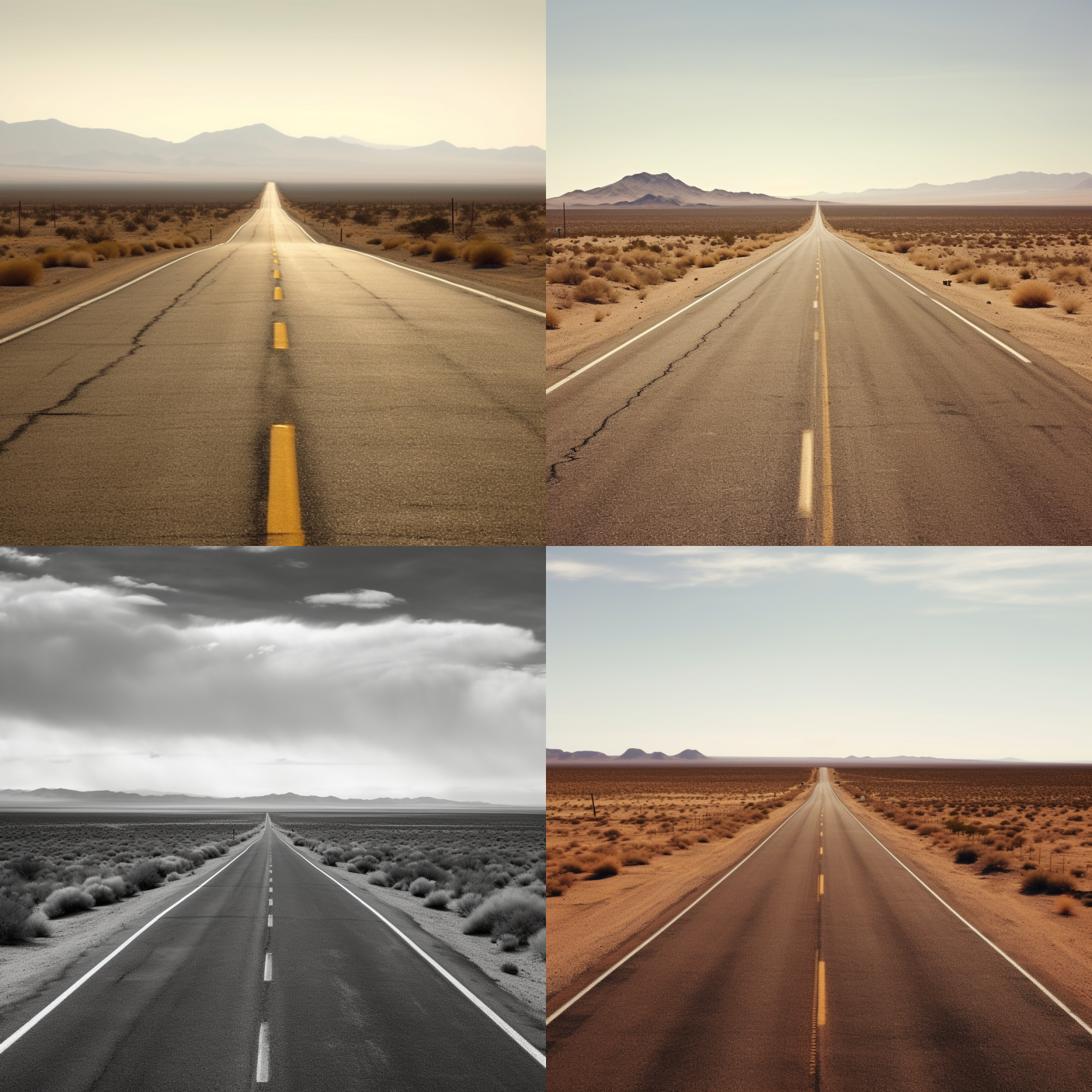 | Vanishing Point | / | The vanishing point refers to a point located at infinity that is used for visual processing. In perspective drawing, we can imagine a point located at infinity so that all lines converge towards it. The vanishing point can help artists or photographers achieve exquisite perspective effects, thereby creating a unique sense of space. |
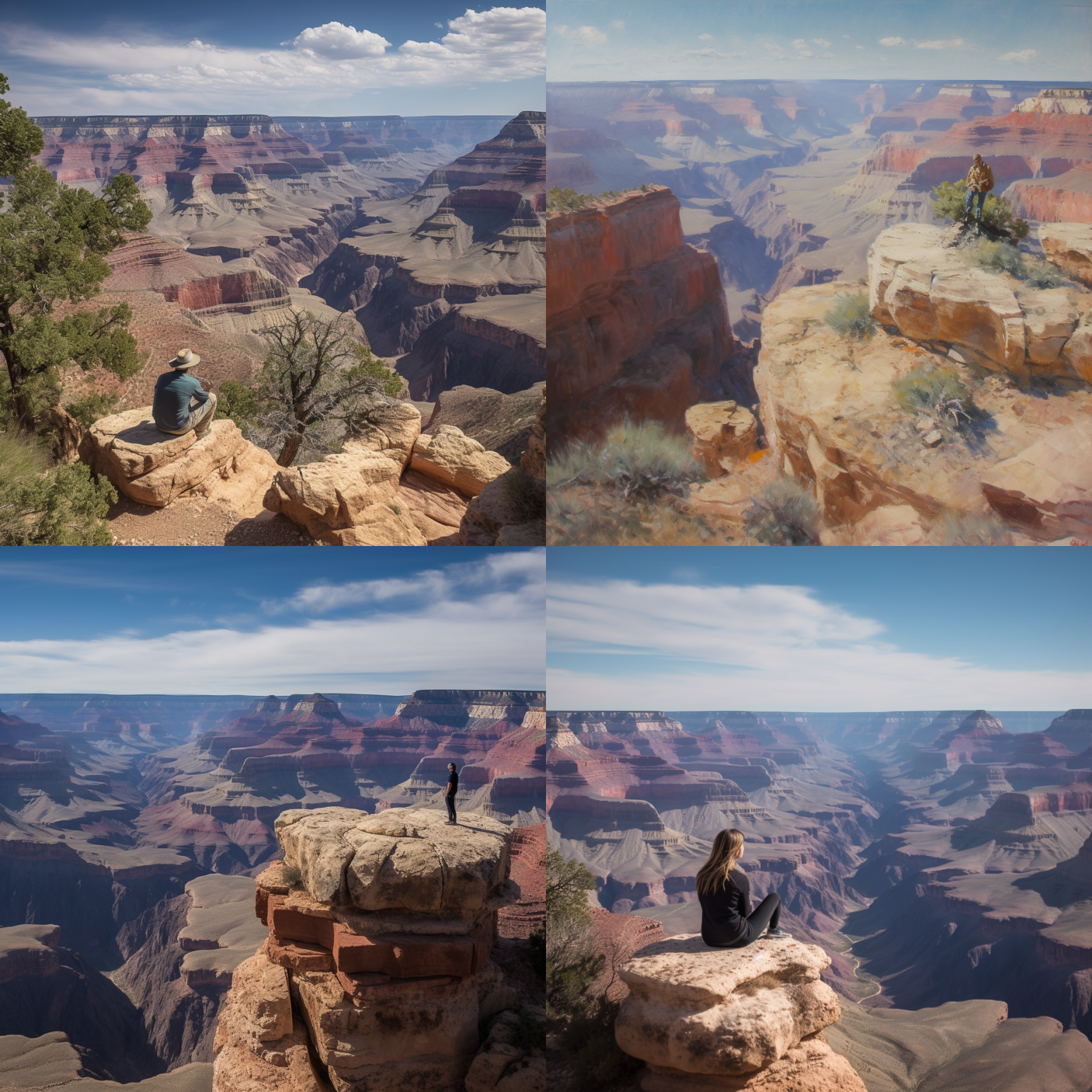 | Vantage Point | / | The usual presentation effect is that there will be a point in the photo that is the highest point, and then it is shot diagonally upwards from this highest point. |






















